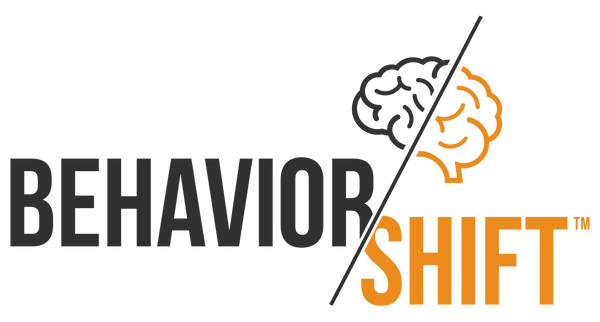“I was stuck. This unstuck me.” Sonia Friedrich
Daily journaling is a powerful practice that, when used strategically to focus on a keystone goal or objective, can be a game-changer in personal and professional development.
This type of journaling is different than narrative journaling in that it is designed to help the person journaling achieve a specified goal or outcome as opposed to self-expression or capturing the story of their life. This type of journaling encourages goal setting, self-monitoring, increased focus, and behavior stacking, making it an invaluable tool for enhancing productivity and well-being.
Research has shown that daily journaling can help people overcome procrastination, have better subjective well-being, feel reduced stress, keep commitments and be a tool that helps them achieve their goals.* The literature is clear, that journaling is on the whole, beneficial.
This research has typically be done with free form or very loosely structured journals. We believe that the power of journaling can be even more impactful if the journal design itself is built on solid scientific principles.
The following article explores how journals that are structured using a cascade approach to achieving goals, can provide even more benefits and truly be a tool of change in people’s lives.
We look at the power of daily journaling, emphasizing building a structure that drives goal completion by starting with keystone goals, breaking those into monthly objectives, and then setting weekly and daily actions to achieve them.
Keystone Goals: Building the Foundation
To tap into the power of daily journaling, t's essential to start with a clear understanding of the key objectives and goals that you want to achieve. Keystone goals are overarching, high-impact objectives that define the direction and purpose of one's life or business.
These goals serve as the foundation upon which the monthly, weekly, and daily objectives are built. Keystone goals should be aligned with one's long-term vision and mission, and they set the trajectory for growth and success.
Monthly Objectives: Bridging the Gap
To operationalize keystone goals, individuals should set monthly objectives. Monthly objectives serve as the stepping-stones toward keystone goal attainment. These objectives provide the necessary structure and milestones to keep individuals on track. Breaking down the larger keystone goals into more bite-sized pieces has been shown to aid in motivation and goal completion.
The key here is to ensure that the monthly objectives are aligned with the larger purpose and that they drive to those goals success.
Weekly Planning and Daily Actions: Where the Rubber Hits the Road
The real power that comes from this journaling structure is in the weekly planning and daily action aspects of the process. Journals that furnish individuals with a systematic method for mapping out their week, identifying essential actions to be executed, and facilitating the monitoring of progress have proven to be very powerful in driving change. This is where a daily journal is different than mere action planning. A journal provides a more fluid process that can shift, and change based on an individual's schedule and environment. The routine of planning and reflecting everyday encourages monitoring and updating plans to adjust to changing situations and contexts.
Daily journals that incorporate specific prompts to get people to think about what they are focusing on, what they could do differently, why this is important, what could impede their progress and how they are feeling about it help to ensure that goals are not just relegated as an exercise done at the beginning of a quarter and soon forgotten.
Daily journaling is a potent tool that, when anchored in a strategic framework of keystone goals, monthly objectives, and daily actions, can be a catalyst for profound personal and professional transformation. This structured approach empowers individuals to make steady progress toward their desired outcomes and ensures that their goals remain at the forefront of their daily lives, constantly driving them toward success.
References:
*Dimitroff, Sliwoski, O’Brien, Nichols (2016). Change your life through journaling – the benefits of journaling for registered nurses. Journal of Nursing Education and Practice
Hensley, L., (2019). The power of writing about procrastination: journaling as a tool for change. Journal of Further and Higher Education.
Newman, K., (2022). How journaling can help you in hard times.
Hiemstra, R., (2002). Uses and benefits of Journal writing. New Directions for Adult and Continuing Education.


1 comment
I’ve used journaling for years and can attest to these changes!